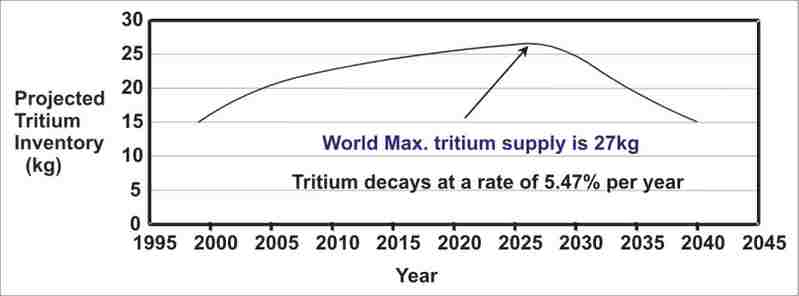Soldato
I doubt the capital cost would remain high, demand would obviously lead more efficient and higher volume processing, therefore reducing cost.
As a byproduct of a fusion reaction involving deuterium and tritium, helium and a neutron are created highly energised. This neutron is the key part of creating the tritium, and is presently a byproduct of nuclear reactors. The more fuel you use in your fusion reaction, the more tritium you can make as a by-product.
As a byproduct of a fusion reaction involving deuterium and tritium, helium and a neutron are created highly energised. This neutron is the key part of creating the tritium, and is presently a byproduct of nuclear reactors. The more fuel you use in your fusion reaction, the more tritium you can make as a by-product.



